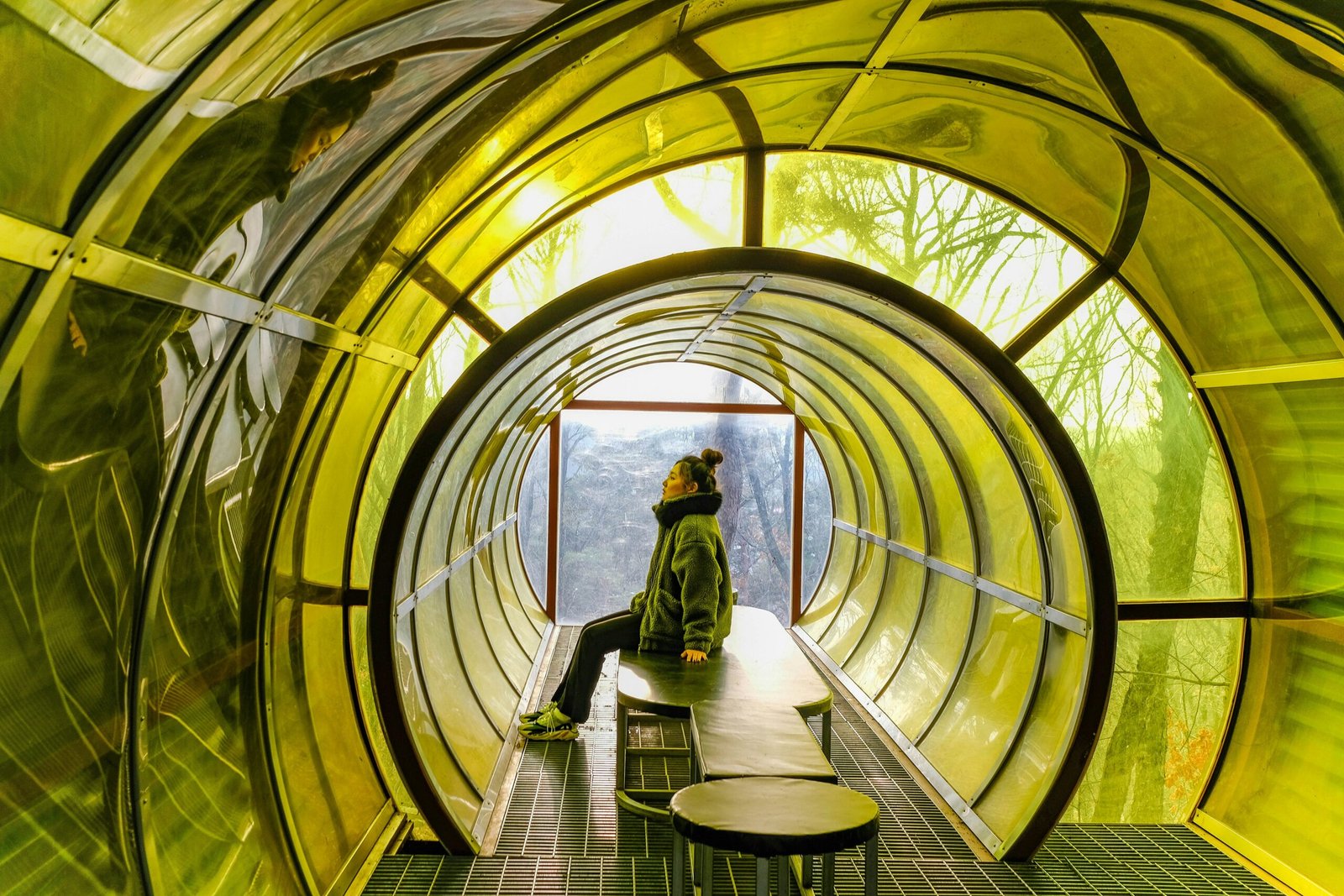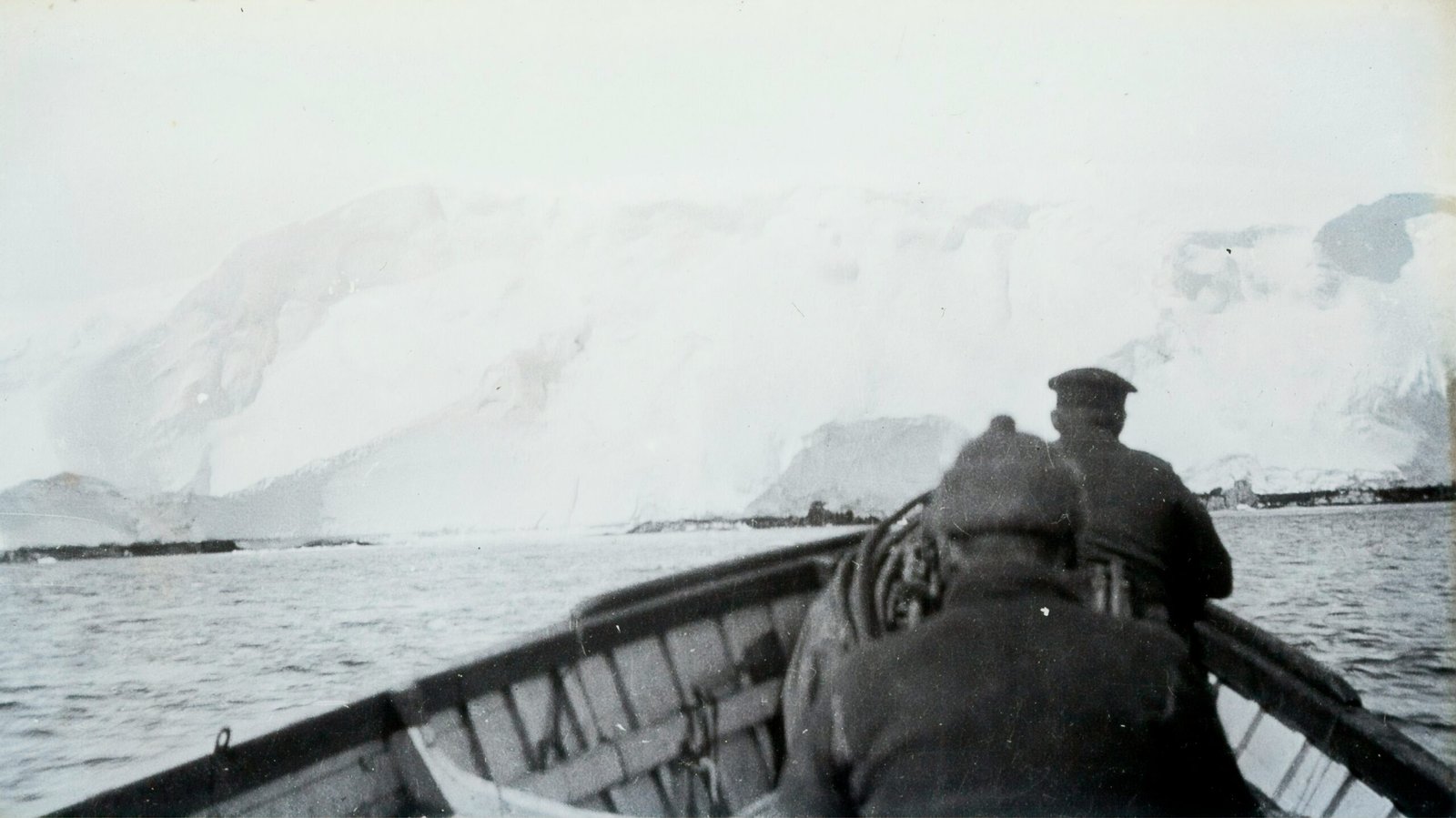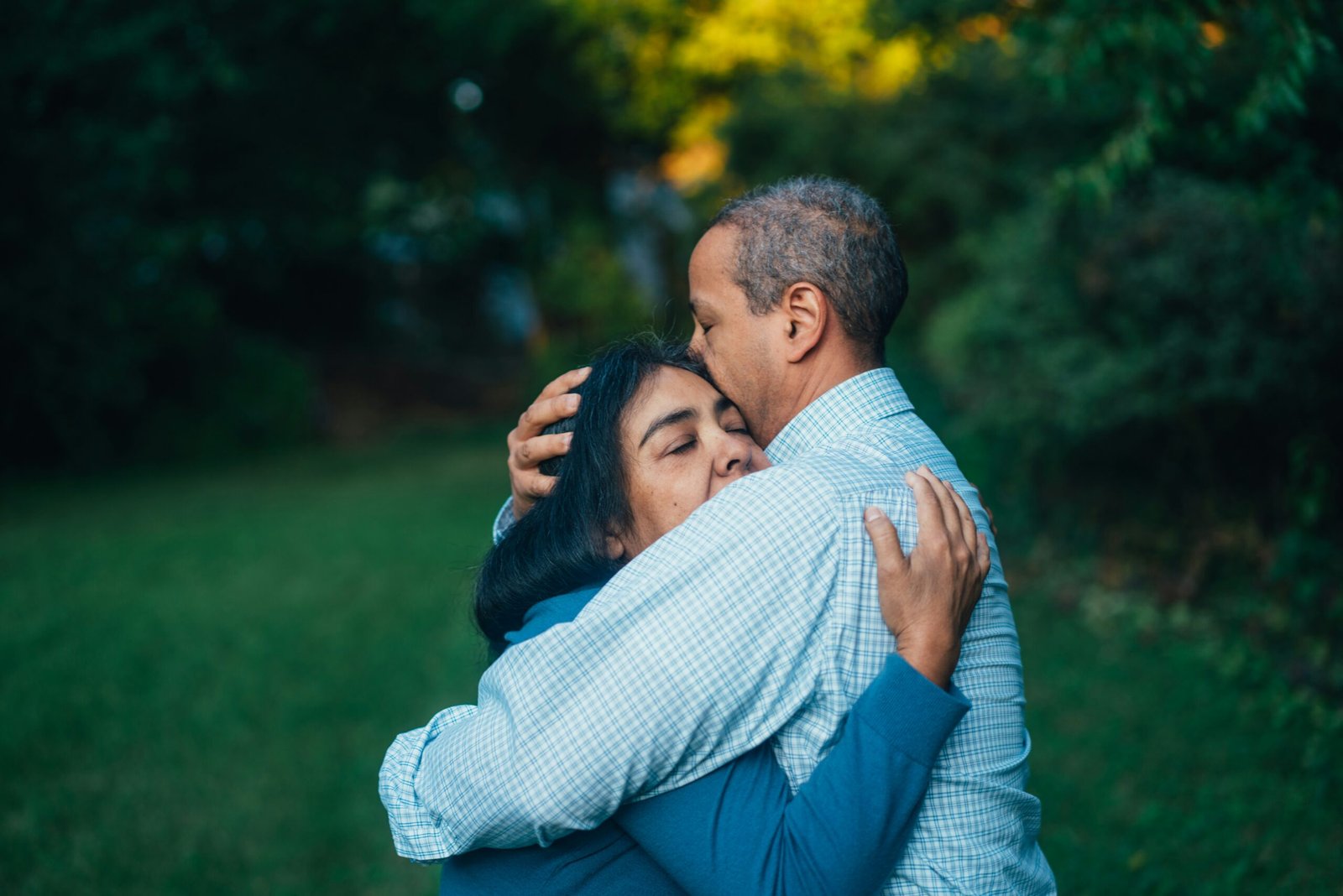Introduction to the Oasis of Hope
The concept of the “Oasis of Hope” serves as a powerful metaphor for resilience amidst adversity, particularly in the context of arid environments. An oasis, by definition, is a fertile spot in a desert where water is found, allowing life to thrive against the backdrop of challenging conditions. This particular oasis is characterized by its abundant water resources, which are essential for sustaining not only the lush vegetation but also the myriad forms of life that depend on it. It is a vibrant ecosystem replete with palm trees, flowering plants, and diverse wildlife, creating a stark contrast to the surrounding barren landscape.
In this journey of resilience, the oasis stands as a beacon of life and sustenance, nourishing both the flora and fauna that inhabit it, and providing a haven for weary travelers seeking refuge from the harsh desert. The vibrant colors and rich biodiversity found in this haven symbolize hope and endurance, illustrating the capacity of nature to flourish even in the most inhospitable conditions. However, this sanctuary of life is not impervious to external challenges. Climate change and human interference have emerged as significant threats to the integrity of the oasis.
The impacts of rising temperatures, altered precipitation patterns, and unsustainable water usage are increasingly jeopardizing the fragile equilibrium of this ecosystem. As these challenges mount, the oasis of hope must navigate a complex landscape of adversity that threatens its very existence. In examining this dynamic, we can better appreciate not only the beauty and importance of such environments but also the urgent need for conservation initiatives. The journey to protect and sustain the oasis of hope is not just a reflection of resilience but also an appeal for collective responsibility toward our natural world.
The Crisis Facing the Oasis
The Oasis of Hope, once a vibrant ecosystem, now stands on the precipice of crisis, experiencing profound challenges primarily driven by climate change and human activities. Dwindling water sources have emerged as one of the most critical threats to this fragile environment. As temperatures rise, evaporation rates increase, leading to a significant reduction in available water. This decline not only endangers the flora and fauna that thrive within the oasis, but also affects the surrounding communities that rely on these resources for their livelihoods.
Furthermore, the ecological degradation witnessed in recent years cannot be overlooked. Over-extraction of water for agriculture and other human endeavors has disrupted the natural balance, leading to a decrease in biodiversity. Species that once flourished in this unique habitat are now disappearing at an alarming rate. This loss of biodiversity poses a dire threat, as it undermines the ecosystem’s resilience and ability to adapt to new environmental challenges.
In addition to these natural challenges, human activities, such as urban expansion and development, exacerbate the situation. Land-use changes have resulted in habitat fragmentation, further isolating plant and animal populations and curtailing their ability to thrive. The introduction of pollutants and waste from nearby urban areas has compounded the crisis, introducing harmful substances that threaten both the oasis’s wildlife and the quality of its water sources.
The culmination of these factors presents a stark reality for the Oasis of Hope. Once a symbol of resilience and life, it now faces an uncertain future marked by increasing vulnerability to climate fluctuations, resource scarcity, and the adverse impacts of human intervention. Addressing these challenges requires urgent action and collaborative efforts to protect this invaluable ecosystem from decline and potential collapse.
The Call to Action: Uniting the Community
The residents of the oasis face a pressing situation that demands urgent attention and action. Recognizing the growing environmental challenges threatening their home, these courageous individuals come together, fueled by a shared commitment to safeguarding their unique ecosystem. The first steps toward unity involve convening community meetings where concerned citizens gather to discuss the dire state of their environment. In these gatherings, a collective acknowledgment of the urgency of the situation emerges, paving the way for cooperative efforts.
One significant focus of these meetings is the establishment of a shared vision for the future of the oasis. Residents express their understanding that the challenges they face — such as water scarcity, desertification, and biodiversity loss — cannot be addressed in isolation. They begin to form committees dedicated to specific issues, such as water conservation, waste management, and education initiatives, thereby creating a structured approach to tackle these pressing concerns. Through this collaborative framework, the strength of their collective voice becomes apparent, enabling them to advocate for the necessary resources and support from external organizations.
Moreover, the unity displayed by the residents transcends mere discussions. Participants engage in hands-on initiatives, such as community clean-up days, tree-planting campaigns, and workshops aimed at promoting sustainable practices. These activities foster not only an enhanced sense of community but also serve to educate residents about the importance of environmental stewardship. By working together, the residents of the oasis not only address immediate challenges but also cultivate a culture of shared responsibility and resilience. The progress made through these collective actions instills a renewed sense of hope within the community, reinforcing the belief that they can effect meaningful change and protect their cherished home for future generations.
Reforestation Efforts: Planting Trees for the Future
The residents of the oasis have embarked on comprehensive reforestation efforts aimed at revitalizing their environment and fostering resilience against the challenges posed by desertification. These endeavors primarily focus on the strategic planting of trees, which not only support ecological balance but also provide significant social and economic benefits. The methods employed for these initiatives are meticulously designed to address the specific needs of the oasis ecosystem, ensuring that the selected species thrive in the arid conditions.
One of the primary strategies involves the careful selection of tree species that are native or well-adapted to the ecosystem. Indigenous trees, such as the acacia and date palm, are favored due to their ability to withstand drought and their positive impact on the local flora and fauna. By choosing the right species, residents ensure the sustainability of the reforestation project while enhancing biodiversity, which is crucial for maintaining ecosystem health. Furthermore, these species are known to enrich the soil through their natural processes, such as nitrogen fixation, thereby improving soil fertility over time.
The anticipated benefits of these reforestation efforts extend beyond ecological restoration. By increasing the number of trees in the area, residents expect significant improvements in air quality, as trees play a crucial role in absorbing carbon dioxide and releasing oxygen. This not only contributes to a better atmosphere but also helps mitigate the effects of climate change. Additionally, the reinforcement of the ecosystem through enhanced biodiversity can create habitats for various species, fostering a more balanced and resilient environment. With these initiatives, the residents of the oasis are not only planting trees but are, in essence, sowing the seeds for a sustainable and hopeful future.
Water Conservation Strategies: Saving the Lifeblood of the Oasis
In arid environments, where water is a scarce resource, implementing effective water conservation strategies becomes paramount for sustaining communities and ecosystems. Among the various techniques adopted by the community residing near the oasis, rainwater harvesting stands out as a practical and sustainable approach. This process involves collecting and storing rainwater for future use, particularly in periods of drought or when water sources are low. Utilizing specially designed systems such as gutters and storage tanks, households can significantly increase their available water supply, ultimately supporting both agricultural and domestic needs.
Another essential practice that has gained traction is drip irrigation. This method delivers water directly to the roots of plants, minimizing evaporation and runoff, thus maximizing efficiency. By using this targeted approach, farmers have reported increased crop yields while using considerably less water compared to traditional irrigation methods. Drip irrigation not only enhances productivity but also contributes to the conservation of this vital resource in the oasis.
Furthermore, public awareness campaigns play a critical role in fostering a culture of water conservation within the community. Educational initiatives that inform residents about the importance of saving water and employing efficient practices have proven beneficial in changing behaviors. Workshops, seminars, and community events are effective platforms for spreading information about innovative techniques such as xeriscaping, which involves designing landscapes to reduce irrigation needs. These campaigns empower individuals to become proactive in their water usage, ensuring they recognize their role in protecting the oasis’s lifeblood.
Together, these water conservation strategies—rainwater harvesting, drip irrigation, and public education—form a comprehensive approach to managing and preserving water resources. Emphasizing these practices fosters resilience in the face of climatic challenges, ultimately ensuring the oasis remains a source of hope for future generations.
Developing a Green Economy: Sustainable Practices for Livelihoods
The transition towards a green economy presents a significant opportunity for communities residing in desert regions. By adopting sustainable practices, these communities can minimize their environmental impact and foster alternative livelihoods that enhance economic resilience. One promising avenue is eco-tourism, which not only creates jobs but also encourages the preservation of the natural landscape. Through guided tours, wildlife observation, and cultural experiences, eco-tourism promotes environmental awareness while generating income for local residents.
Another vital component of developing a green economy is organic farming. This agricultural practice leverages sustainable methods that reduce reliance on synthetic chemicals and promote biodiversity. Organic farming not only ensures the health of the soil and surrounding ecosystems but also provides high-quality produce that can attract premium market prices. By engaging in organic farming, local communities can secure a sustainable food source while contributing to environmental health. Furthermore, integrating traditional farming knowledge with modern organic techniques can enhance productivity and resilience against climate change.
Green technology also plays a crucial role in creating sustainable livelihoods. Innovations such as solar energy, water-efficient irrigation systems, and sustainable building practices are becoming increasingly accessible. By investing in these technologies, communities can reduce their environmental footprint and develop new skills that lead to job creation. For instance, solar energy projects can provide electricity to remote areas, stimulating economic activity and improving the quality of life.
In essence, the interplay between economic sustainability and environmental health underscores the importance of adopting a green economy framework. By focusing on eco-tourism, organic farming, and green technology, desert communities can diversify their livelihoods, protect their natural resources, and build resilience against the challenges posed by climate change. This holistic approach not only nurtures the environment but also paves the way for sustainable development that benefits all members of the community.
Success Stories: Restoring the Vitality of the Oasis
The journey of ecological restoration in the oasis has yielded remarkable success stories, demonstrating the resilience of this vital ecosystem. Through collaborative community efforts, significant improvements have been witnessed in both the flora and fauna, revitalizing what was once a declining habitat. A detailed analysis of the restoration projects reveals substantial increases in biodiversity, with over 30 native plant species reintroduced and thriving. Before restoration, the oasis exhibited a sparse environment with limited vegetation; post-implementation of conservation strategies has shown a lush green landscape, where local flora flourishes.
Community testimonials play an essential role in illustrating the impact of these efforts. Local residents, who once watched their environment deteriorate, are now actively engaged in nurturing the oasis. One participant stated, “Before the restoration, the area felt lifeless. Now, it buzzes with activity—birds, insects, and even small mammals have returned.” This assertion is backed by survey data indicating a 60% increase in bird species and a resurgence of pollinators, demonstrating the effectiveness of the restoration initiatives.
Moreover, the health of the oasis has translated into tangible environmental benefits. Water quality assessments indicate a reduction in pollutants by 40%, improving the ecosystem’s overall vitality. Monitoring these ecological changes has led to the development of educational programs highlighting the importance of biodiversity and sustainable practices. These programs engage younger generations, ensuring that the efforts to restore the oasis will be upheld in the future.
The commitment of the community, combined with responsive environmental management strategies, has facilitated a remarkable turnaround. The oasis is again a vibrant sanctuary for wildlife, symbolizing the potential of restoration efforts when communities come together to protect their natural heritage. This revitalization not only benefits the local ecosystem but also enhances community resilience, uniting members through a shared goal of environmental stewardship.
Lessons Learned: The Importance of Unity and Action
The journey of the community described in “The Oasis of Hope” showcases several critical lessons regarding resilience in the face of adversity. One fundamental takeaway is the extraordinary power of unity. During their trials, the members of this community recognized that collaboration and solidarity were essential to overcoming their challenges. By coming together, they forged a collective strength that enabled them to tackle issues that would have been insurmountable on an individual level. This sense of unity fostered a supportive environment where every voice mattered, and every contribution was valued.
In addition to unity, proactive measures played a significant role in their ability to navigate difficulties. The community developed innovative strategies to address pressing needs, demonstrating the importance of taking initiative when faced with challenges. Their approach highlighted the significance of identifying resources, mobilizing support, and implementing actionable plans rather than waiting for external assistance. This proactive mindset not only helped them to overcome immediate concerns but also laid a foundation for long-term sustainability and resilience.
The experiences of this community are not unique; they serve as a powerful example for other groups facing similar difficulties. By understanding the importance of unity and action, other communities can draw inspiration from their story and adapt these lessons to their contexts. Resilience is not merely an individual trait but a collective endeavor that thrives on collaboration and empowerment. This message has broader implications, reinforcing the idea that when communities unite, they amplify their capacity for overcoming challenges and creating a brighter future.
In conclusion, the journey of this community emphasizes the importance of unity and proactive measures in facing adversity. Their experience underscores the notion that, when individuals join forces, they can create transformative change that resonates across communities. This powerful lesson should inspire others to embrace collaboration and action as they confront their own challenges.
Conclusion: A Call to Preserve Our Common Home
The journey of the Oasis of Hope serves as a poignant reminder of the resilience that can flourish even in the harshest of environments. This initiative has not only revived a landscape but has also cultivated a sense of community and collective responsibility among those involved. It illustrates how the power of human dedication and collaboration can breathe life into barren lands, turning them into vibrant ecosystems. As we reflect on the accomplishments achieved through the Oasis of Hope, it becomes increasingly clear that the preservation of our environment is a shared responsibility. Every individual possesses the capability to contribute positively to their surroundings, thereby promoting a sustainable future.
The oasis stands as a beacon of inspiration, urging us to take action within our own communities. This call to action is not merely an appeal; it is an essential reminder that environmental conservation begins on a local level and can manifest in various forms, including community gardens, clean-up initiatives, or educational programs aimed at fostering ecological awareness. By taking small yet impactful steps, we can echo the success experienced by the Oasis of Hope.
Ultimately, safeguarding our common home transcends mere obligation; it embodies the hope for future generations. Each community engagement encourages the development of lasting habits that respect and preserve our natural resources. It invites us to reflect on our relationship with nature and embrace a mindset that prioritizes sustainability. Let us take precious lessons from the Oasis of Hope and catalyze transformative actions that uplift our environments, helping to ensure a healthy planet for ourselves and the generations to come. Together, we can ignite meaningful change and create a legacy of resilience and hope.


















No Comments
Leave a comment Cancel